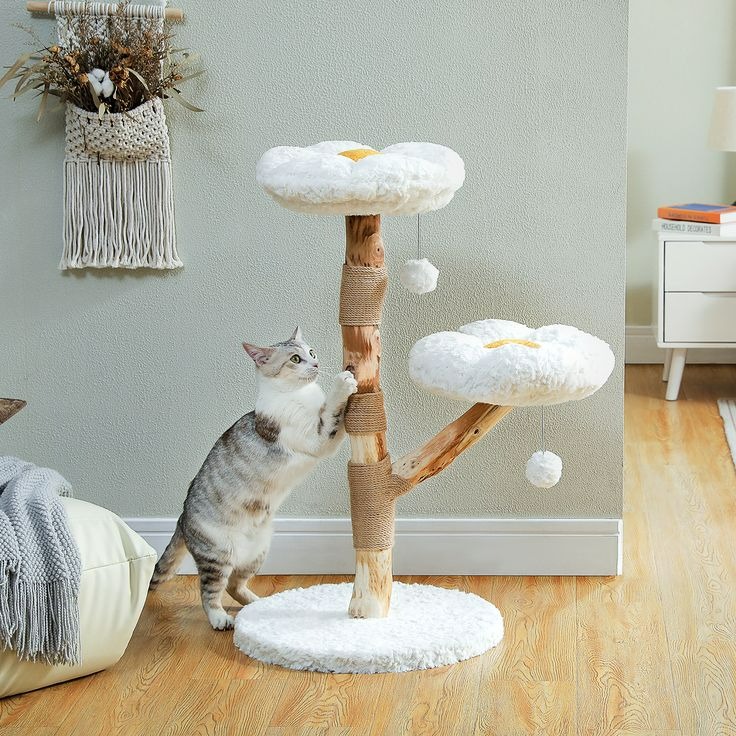Crate training offers dogs a secure den-like sanctuary. But some dogs resist crating no matter how slowly introduced. Rather than battle anxious, stressed behavior, consider these crate alternatives to safely meet your dog’s confinement needs.
Signs Your Dog Hates The Crate
Noticeable indicators your dog has an aversion to crating include:
- Reluctance or refusal to enter the crate
- Barking, howling, whining once confined
- Panting, drooling, pacing nervously inside
- Escaping or injuring themselves trying to break out
- Urinating or defecating when confined
- Depressed withdrawal or catatonia when crated
- Destructiveness directed at bedding or crate
- Hiding or running away when the crate comes out
Forcing dogs with negative associations intensifies fear and stress. Using alternatives reduces their misery while keeping them secure when unsupervised.
Crate Alternative Options
Consider these crate substitutions suitable for most dogs:
Pet Enclosures – Freestanding metal pens allow more space while containing dogs safely. Use multiple panels to divide open floor plan areas.
Baby Gates – Gates section off tiled areas like laundry rooms, bathrooms, and kitchens to provide dog-proofed zones.
Dog-Proofed Room – Close doors and block access to potential hazards to create a safe room your dog can roam rather than crate.
Tethering – Attach a leash to sturdy furniture or anchor point allowing your dog access only to certain areas while restricting roaming.
Confinement Furniture – Place dog beds within furniture frames like tables or cabinet ends to become cozy retreats.
Dog Playpen – Larger foldable plastic playpens give dogs more room than a crate but more structure than free roaming.
Dog Vehicle Barriers – Metal grids behind front seats keep dogs safely in back seats rather than crating in cars.
With creativity, most dogs’ confinement needs can be met without actual crates. Work with a professional trainer if anxiety severely limits options.
Acclimating Your Dog to Crate Alternatives
Introduce unfamiliar confinement methods gradually using positive reinforcement:
- Place new gear in frequented rooms before use so your dog can sniff and explore calmly.
- Toss treats and toys inside so your dog learns to enter voluntarily. Reward with praise.
- Practice brief sham confinements before leaving, praising calm behavior inside, then immediately releasing.
- Use adaptil pheromone spray inside to induce relaxation.
- Start alone time very short, then gradually increase duration.
- Give frozen Kongs only when confined to build positive associations.
- Use background music to muffle startling sounds.
With patient counterconditioning, most dogs accept alternative confinement without distress.
Ensuring Success with Crate Alternatives
When using substitutes, apply these same crate training best practices:
Meet physical needs first – Walk, feed, hydrate and allow potty breaks before any alone time.
Provide comforts – Include safe chews, bedding, water and toys to relieve boredom and make it cozy.
Choose the right size – Large enough to stand, turn around and lie down but not excessive space.
Set up for safety – Ensure it is fully dog-proofed with no escape routes or hazards. Shut cats away.
Keep it positive – Never use confinement as punishment. Always pair with food, toys and praise.
Establish a routine – Regular, predictable confinement times prevent stress.
Adjust as needed – Switch options if you find certain tools work better than others.
soon, your dog feels at ease in their new safe space, and you have peace of mind while away!
When to Avoid Crate Alternatives
Crate alternatives require caution or avoidance with:
- Severely anxious or reactive dogs – May injure themselves attempting to flee. Work with a veterinary behaviorist.
- Dogs with separation anxiety – Their distress manifests whenever left alone, even if not crated.
- Aggressive chewers – Dogs who destroy beds/toys may also destroy confinement tools and escape. Use extremely durable or metal gear only.
- Dogs recovering from surgery – Broken bones and stitches warrant a plastic crate or pen to prevent injury.
- Puppies – Very young dogs require more limited space than some alternatives like full rooms provide. Stick to puppy-safe crates.
While most dogs transition to substitutes smoothly, individual temperaments require consideration. As always, safety comes first.
Conclusion
If your dog despises crating no matter how gradually introduced, compassionately exploring alternatives reduces their stress. Whether using pens, gates, or tethering, the same positive crate training practices successfully shape a newfound safe space. Work with behavior specialists for extreme confinement anxiety. meeting both your dog’s wellbeing and your peace of mind.


